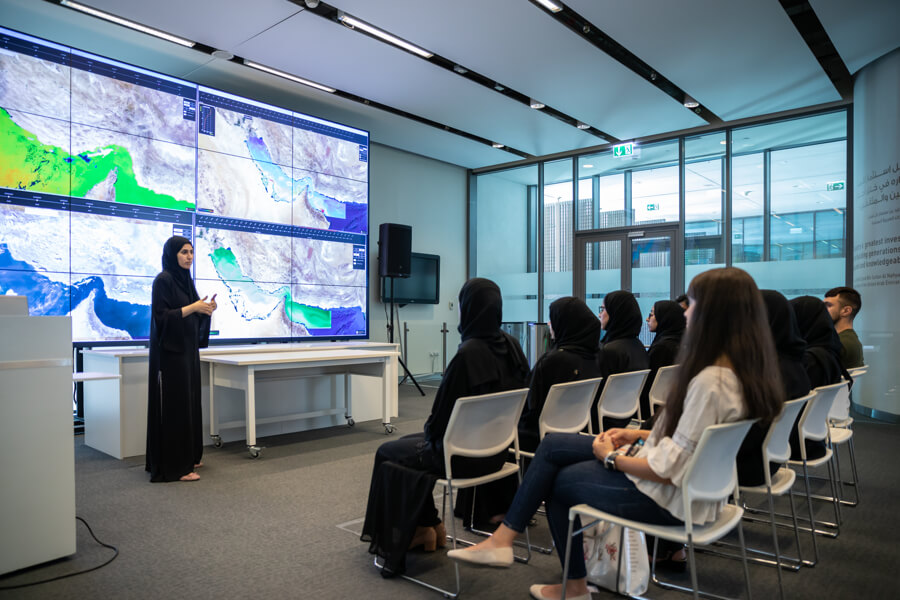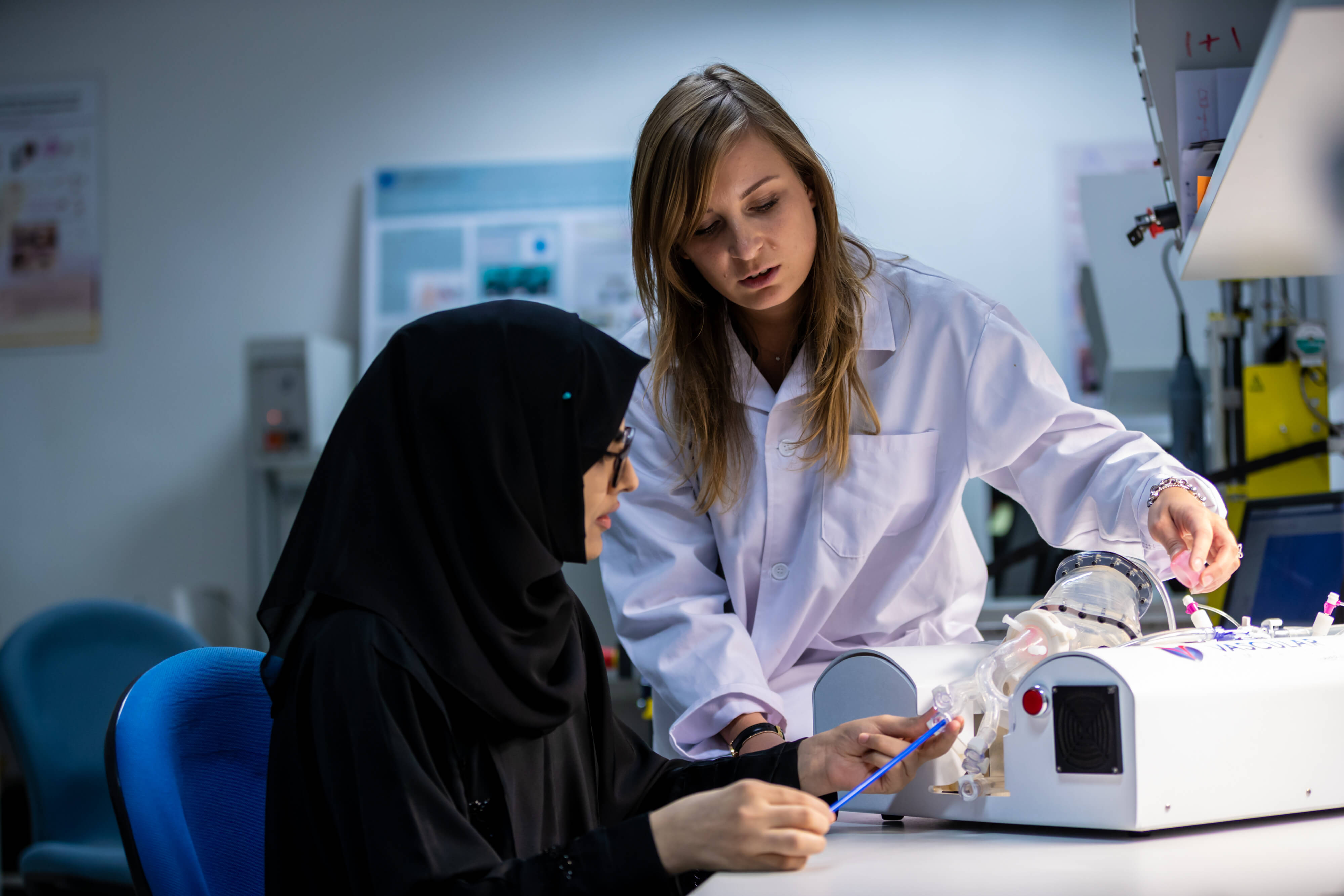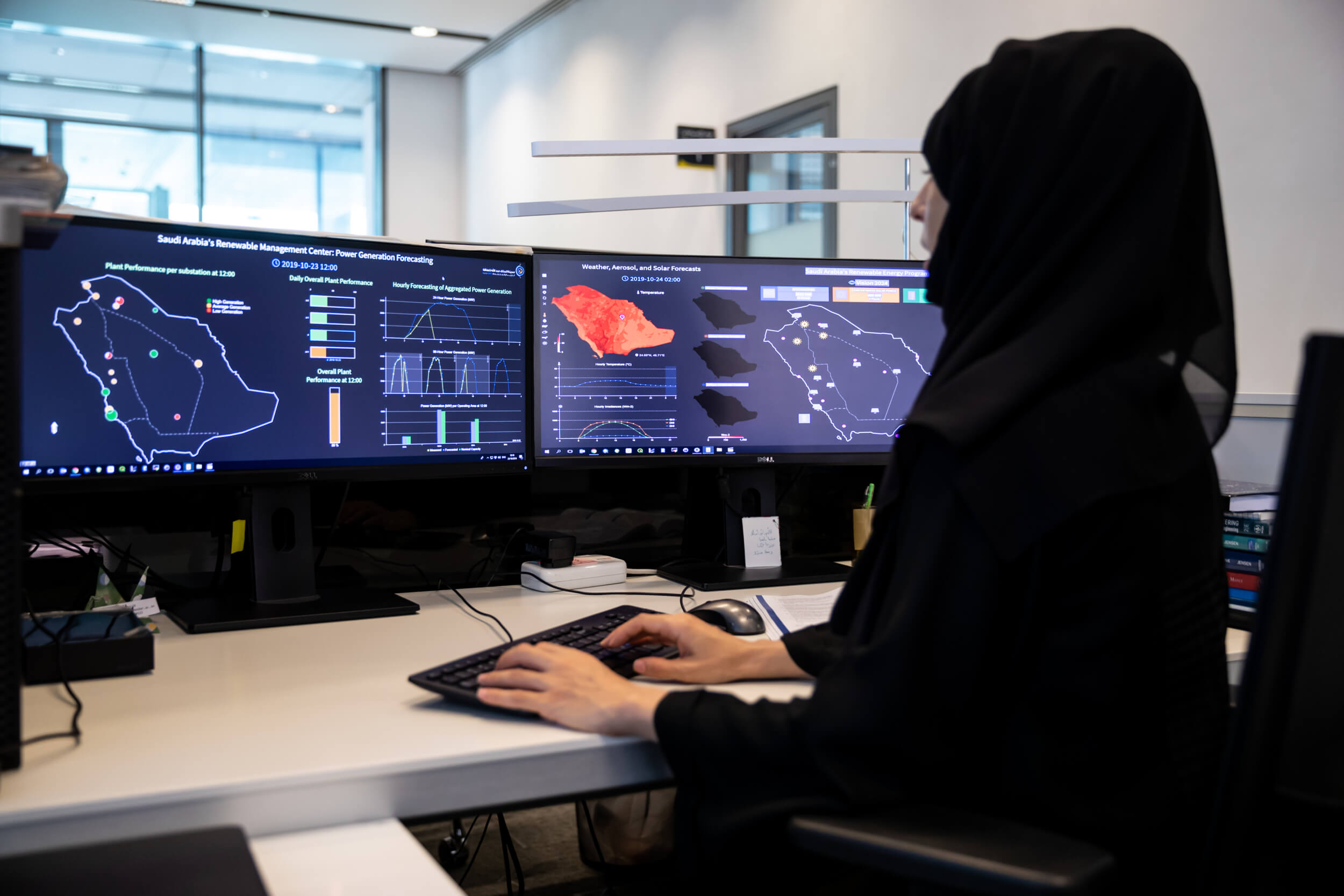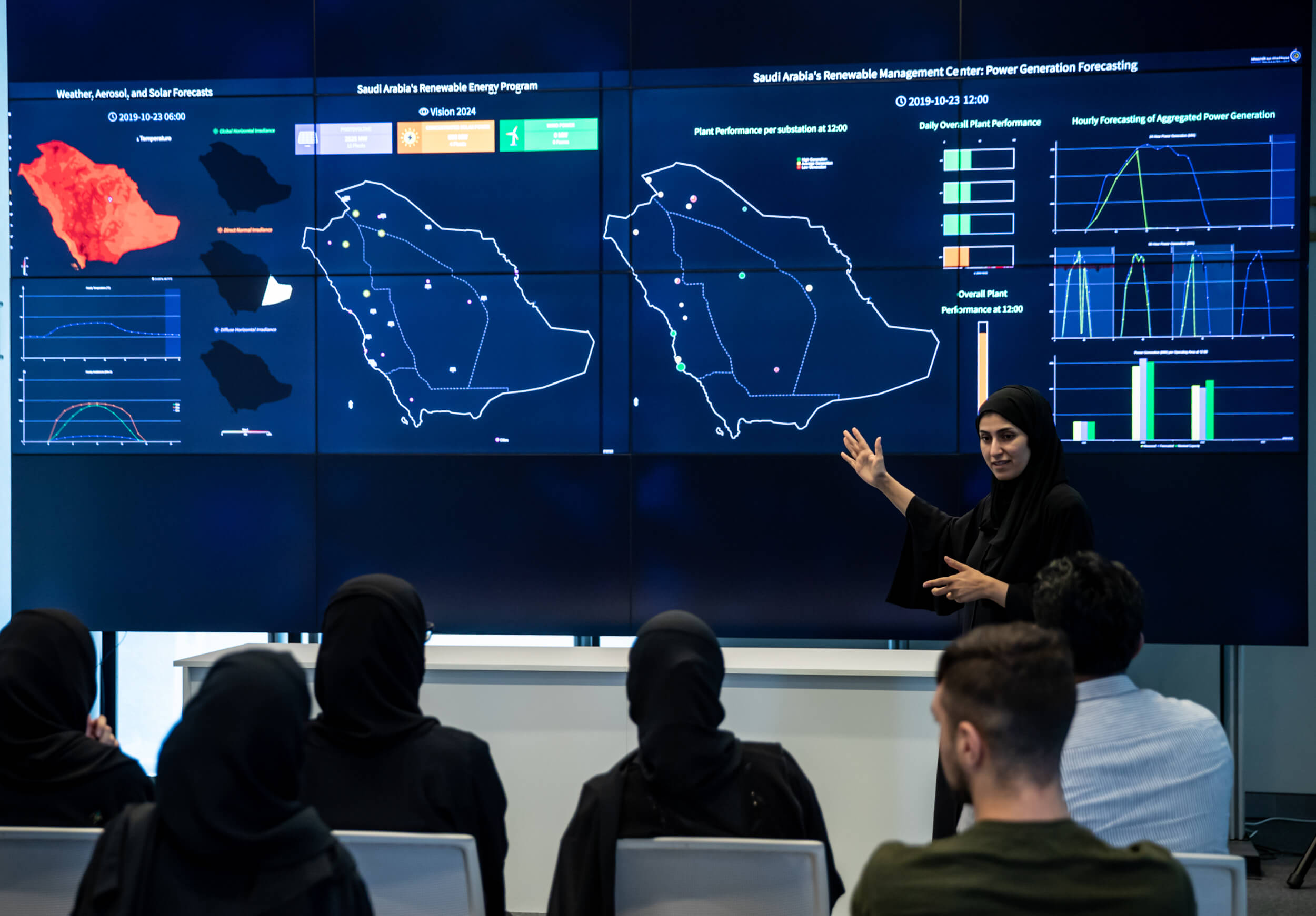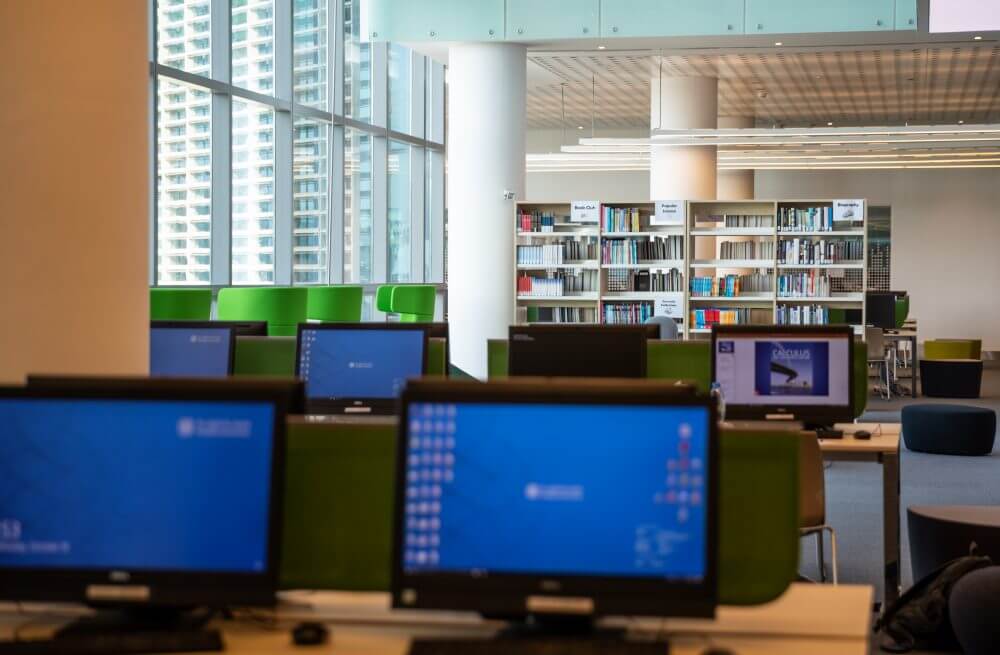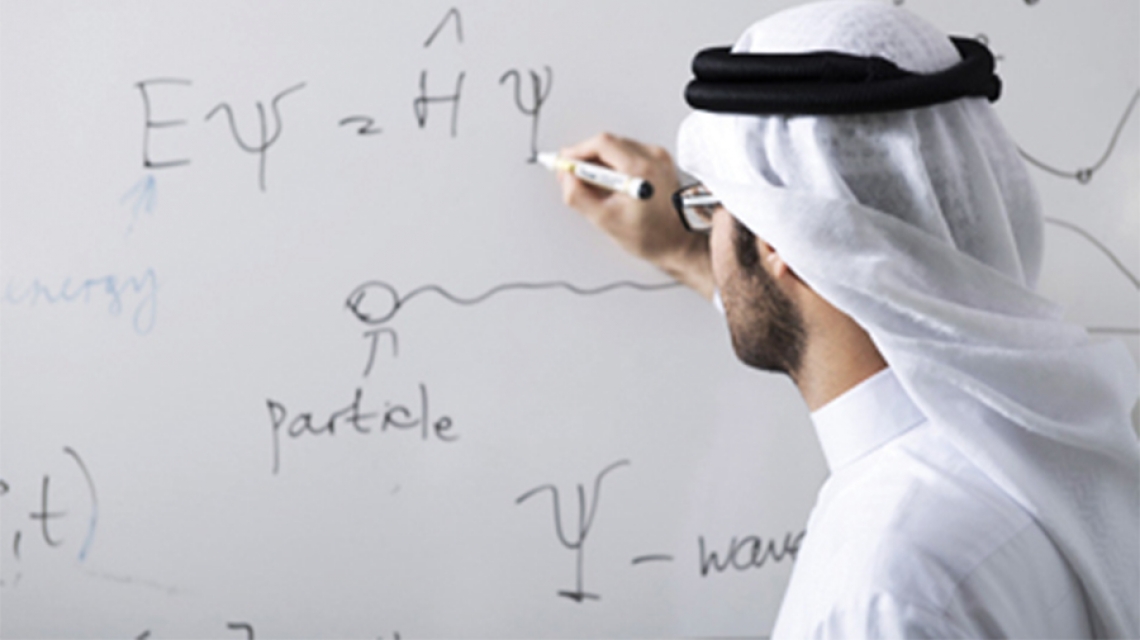
By Dr. Lamya N. Fawwaz
The world is facing a changing global reality. Oil prices continue to lag, and leading international economists like Morgan Stanley say prices will fall further before they can begin to rise. Additionally, global economic activity will soon feel the effects of efforts to reduce global climate change.
This challenging situation places the UAE at a unique juncture to accelerate its economic transformation efforts to capitalize on the opportunities provided by the world’s need for technologies, systems and policies while offsetting the impact of shrinking hydrocarbon returns.
The strategy being pursued by the UAE leadership for the past decade and longer has been to pursue economic diversification efforts to focus on high-tech knowledge sectors that can meet the growing global needs and challenges. This approach leverages the UAE’s relatively strong economy to balance its limited available workforce and raw materials, helping to value-add the UAE’s small population to become high-worth knowledge professionals.
Achieving this requires continued investment in education and research and development (R&D), so that the UAE can develop the human and intellectual capital required to secure global competitive advantage. The UAE can learn much from the success of Singapore, where intelligent and targeted investment and government support of education, high-value industries and research, pushed the GDP from around US$500 in 1965 to US$55,000 in 2014.
Investments in basic research can result in returns of 20% to 60% annually. Studies show that increasing public R&D spending can increase an economy’s ability to derive gross domestic product growth from a certain level of labor and capital, while R&D itself is one of the types of knowledge-based capital (KBC) investment that can increase labor productivity growth.
And being able to engage in meaningful R&D that advances the cutting edge of science and technology to produce these desired returns requires a strong educational foundation. Various international studies estimate that the contribution of education to labor productivity growth is up to 30 percent of the total increase. The International Monetary Fund has said that primary and secondary education affects a country’s ability to copy or reproduce new technology, while college and research university education impacts a country’s ability to achieve innovative new technologies, showing that the entire educational system, from primary to advanced, plays a crucial role in achieving technological advancement. Again, looking at the Singaporean example, nearly 20% of total government expenditure is on education.
But in a time of reduced national revenue on the back of historically low oil prices, many may question the logic of engaging in medium and long-term investments like improvement of educational standards, funding of research and development of academic facilities. The value of such a strategy, however, can be seen in the experiences of many of the world’s leading innovative nations.
Regarding the value and impact of investing in R&D during constrained financial cycles, a Harvard Business Review study of 4,700 companies found that companies that reduce costs selectively by focusing more on operational efficiency and invest in marketing, R&D, and new assets have the highest probability of coming out ahead of competitors.
Education also has a significant impact on the economic prospects of individuals. A University of Kansas study found that the lifetime earnings gap between high school and college graduates can be as high as US$1.1 million. This shows that investing in education and developing a high-quality higher educational sector can help a nation bring greater wealth to its people.
The value of both R&D and education is no secret to the UAE leaders, who have centered successive economic strategies on these two foundational economic elements. In 2014 the UAE launched its National Innovation Strategy, which required all government entities to reduce spending by 1% and to dedicate the savings to research and innovation projects. It is believed this move would significantly increase the country’s annual R&D spending from the AED7 billion revealed in 2014. That target was followed with an additional plan revealed by His Highness Sheikh Mohammed bin Rashid in 2015 to triple government spending on research and development from 2015-2021 and boost the national workforce by 185,000, from 22% of the workforce to 40%.
Building on the UAE leadership’s plan of increased R&D investment in the country, I believe that the enhanced funding should be channeled into high-tech research areas of relevance to both local and international needs. In these challenging economic times, the global and local market demands new ways to make the most of limited resources, highlighting the need for innovations that achieve greater efficiency and reduced operating costs.
Within the UAE, national development plans and goals require expansion of the country’s infrastructure, diversification of its economy and development of highly-competitive technical sectors, like aerospace, aviation and clean energy, while externally, the global market demands innovations to meet growing water, energy and food security needs. Maintaining steady and abundant investment in R&D and education in the UAE can not only help the country achieve a new level of prosperity, but also help our world at large achieve greater sustainability and security.
Dr. Lamya N. Fawwaz is Vice President of Institutional Advancement and Public Affairs at Masdar Institute of Science and Technology.
This op-ed originally appeared in print in Gulf Today on 29 March 2016.


